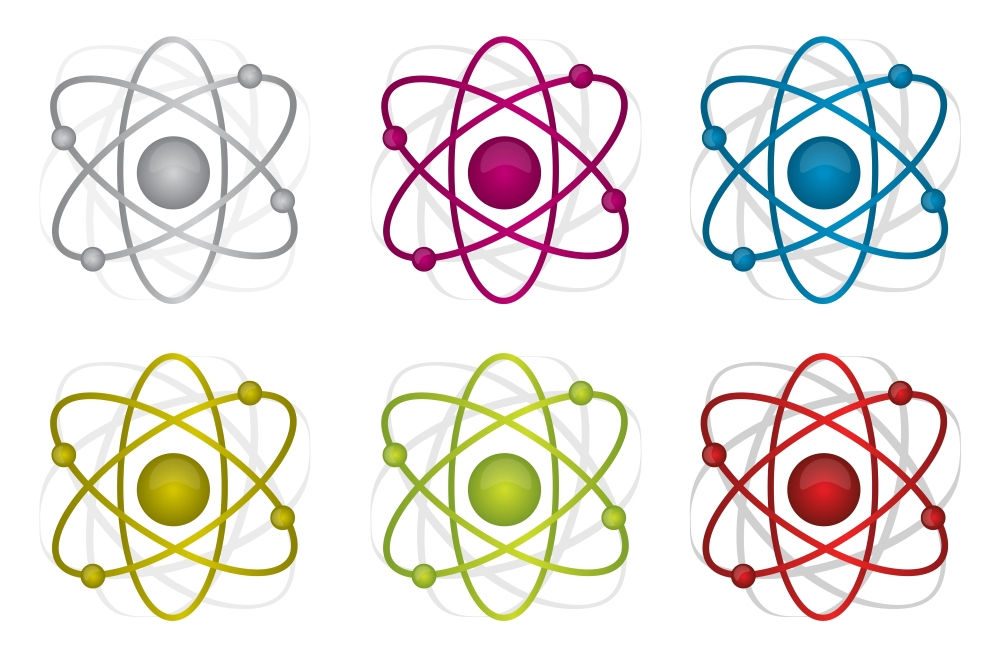By Robin Tanke, Ph.D.
Introduction
All matter is made of very small units called atoms. Atoms are so small they cannot be seen using a regular microscope. Scientists have discovered a way to “see” atoms using a special instrument called a scanning probe microscope (SPM). A probe with a single atom at its tip is pulled across a surface and reacts to differences in the atoms at the surface of the material. It is a little like a person being able to read words in Braille by feeling raised dots on a page with their fingertips.
In this activity, we will model how we can get an image made of an object without observing it directly.
Question to Investigate
How can we create images without light? How can we imagine a material that cannot be seen?
Materials
- Two rectangular, flat refrigerator magnets.
- Be sure to check them to make sure they stick to the refrigerator.
Procedure
- Place one magnet so its plain side is facing up. This is the material to be analyzed.
- Lay the second magnet on top of the first magnet, so its plain side is facing down. This is your probe.
- Pull the second magnet over the surface of the first. Describe how it feels when you do this.
- Turn your top magnet perpendicular to the first magnet, and then pull it over the surface. How does it feel? Is it the same as before?
Based on the interaction that you feel, which of the three diagrams best represents how the magnet’s force is arranged: A, B, or C?

What did you observe?
When the probe magnet is moved in one direction, it should move smoothly across the surface. But when pulled across in the perpendicular direction, the probe magnet “bounces” over the surface. This shows that there may be a force that cannot be seen but can be detected. In this case, the invisible force is a magnetic field!
How does it work? / Where's the chemistry?
Because atoms are too small to observe with light, we must use other properties to image them. Atoms are surrounded by electrons that can interact with the outer electrons of a probe atom. The probe then records changes in force as it moves across the surface.
This activity is a model of how an SPM works. The surface of the magnet seems smooth, and we cannot see a pattern. However, using another magnet as a probe, an image can be created. We cannot see atoms, but with an SPM, we can identify their arrangement.
Robin Tanke, Ph.D. is Professor of Chemistry at University of Wisconsin – Stevens Point.


